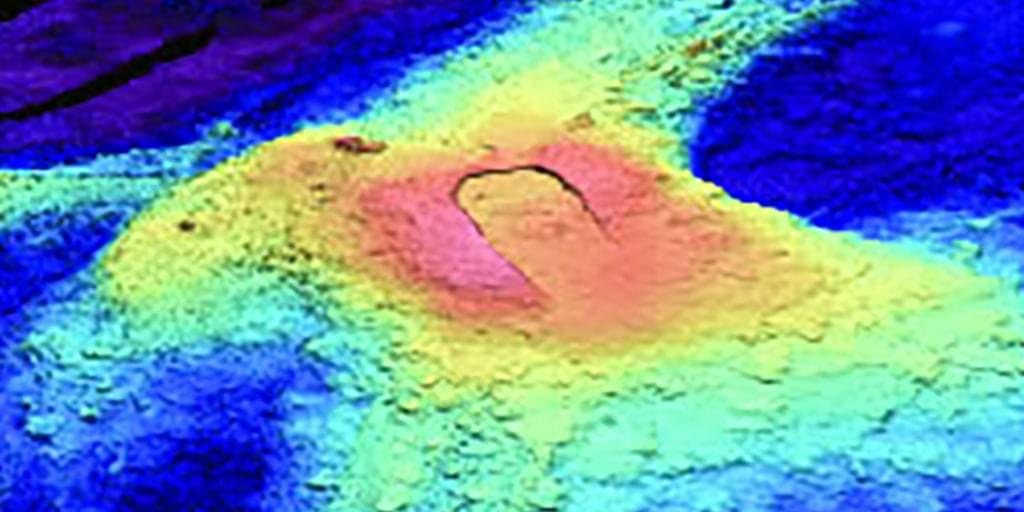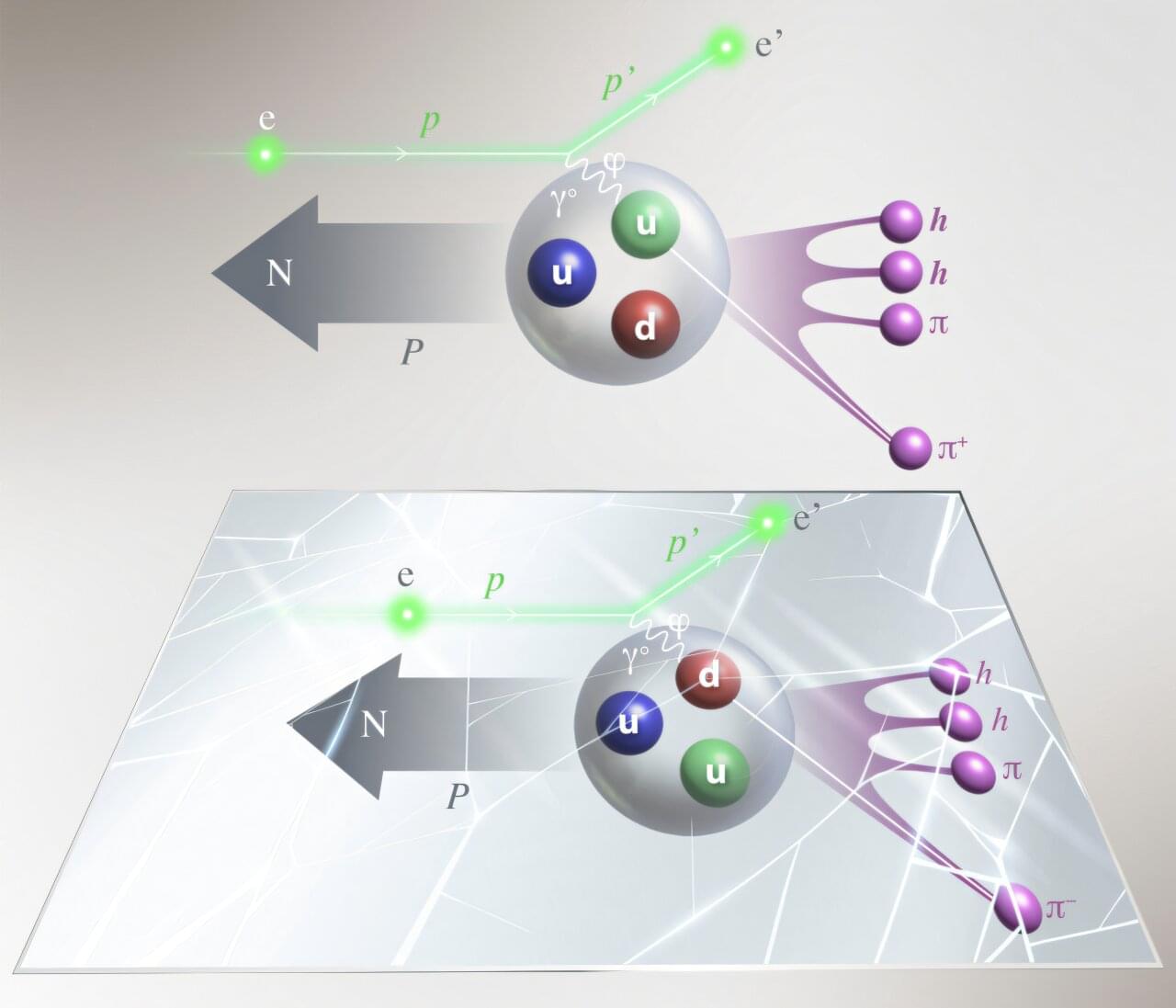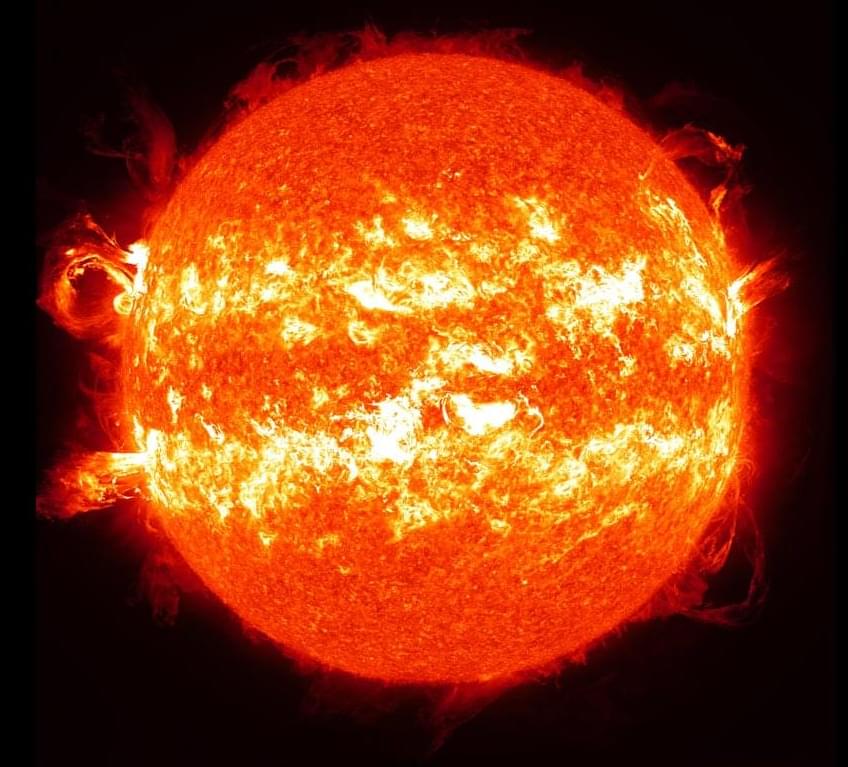Eukaryogenesis occurred suddenly, driven by the growing length of genes and the limitations on producing longer proteins. An international team of four senior scientists from Mainz, Valencia, Madrid, and Zurich has published groundbreaking research in the journal PNAS that explores one of the mos
Category: futurism – Page 2
Terahertz time-gated spectral imaging for content extraction through layered structures.
A recent study found increased seismicity and swelling at Axial Seamount, suggesting an eruption could occur sometime this year.
May 10, 2025
Posted in futurism | Leave a Comment on May 10, 2025
HELSINKI — China is preparing to launch new modules to its Tiangong space station to meet growing demands for science and potentially boost international cooperation.
The Long March 5B, currently China’s most powerful rocket, is slated to launch new Tiangong modules, according to an official with China’s state-owned main space contractor.
“According to the plan, the Long March 5B rocket will also carry out the future launches of additional modules for the crewed space station,” Wang Jue from China Aerospace Science and Technology Corporation (CASC) told China Central Television (CCTV) April 30.
From the powdered wings of a butterfly to the icy spines of a snowflake, symmetry is a common feature in nature. This often even holds true down to the smallest bits of matter, which helps nuclear physicists ensure their measurements of the inhabitants of the subatomic world are accurate. The trick is knowing when something you’re measuring is symmetric and when it is not.
Now, nuclear physicists conducting experiments at the U.S. Department of Energy’s Thomas Jefferson National Accelerator Facility have found new and unexpected cases of broken isospin symmetry. The discovery upends thoughts on how some particles are produced in experiments and could have implications for future studies of these particles.
The research is published in the journal Physics Letters B.
A new study reveals that Earth’s North and South Poles are shifting faster than ever before.
The sun has produced stunning auroras on Earth in recent years as solar activity has peaked—but expect more in coming years









